Moores Martial Arts for Street Fightqlewis Martial Arts for Street Fight
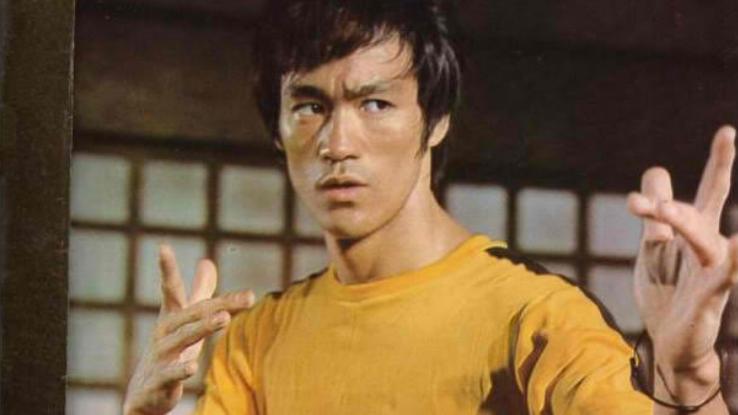
The earth knows his proper noun, but non many people know his story. ESPN'south exceptional documentary, Be Water, shows how much Bruce Lee struggled as an Asian American in Hollywood and the many opportunities he lost due to racism. However, his ambition to rise higher up was stronger than his fright.
Despite ofttimes experiencing rejection and racism, Bruce Lee dramatically changed the motion-picture show manufacture, using martial arts and his inclusive attitude. He was the underdog who became a cultural hero and left a long-lasting legacy. This is how Bruce Lee fought racism while becoming a martial arts icon.
Bruce Lee Kicked Stereotypes to the Adjourn
Bruce Lee never felt ashamed of being Asian; he was incredibly proud of it. That'south one reason why he refused to play outrageous stereotypes of Asian Americans on TV and in films. For a long time, Asian Americans have been portrayed as the villain, retainer or buck-toothed loser. (We're looking at you, Breakfast at Tiffany's and Sixteen Candles.)
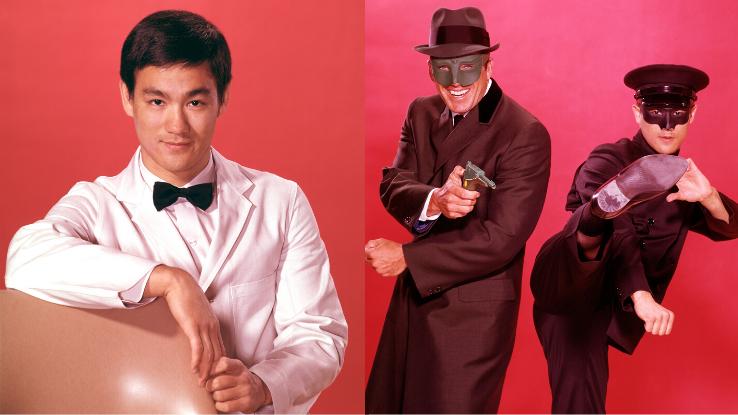
This put Lee in a tough spot in Hollywood. All the same, he got the part as Kato, the handsome sidekick in The Greenish Hornet TV show. There were no prejudiced images of Asian Americans for him to portray, only he experienced other issues. For example, he had very few lines, and the studio paid him unfairly — more than than two times less than everyone else. While the show's star, Van Williams, received $2,000 per episode, Lee only got $400 an episode.
He Welcomed Anybody to His Schoolhouse During the Fourth dimension of Segregation
In the 1960s, U.Due south. lodge was segregated, and many businesses and facilities discriminated against people based on race, except for one place: Lee's martial arts studio. He opened his school to everyone, no matter their race, gender or age. In fact, his first student was a Black human named Jesse Glover.
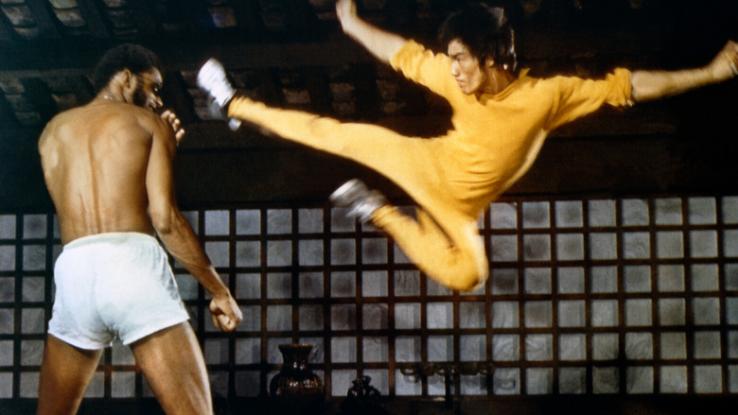
The martial arts master too shared his Chinese culture with megastars, from basketball player and activist Kareem Abdul-Jabbar to extra and mode model Sharon Tate. "I am a man that never follows these formulas of the fear-mongers. Then, no matter if your color is black or white, cherry-red or blue, I tin notwithstanding make friends with you without any bulwark," explained Lee.
He Lost Pb Roles but Didn't Give Up
Likewise dismantling prejudiced stereotypes, Lee also had another struggle to overcome: landing a pb role as an Asian-American role player. He actually proposed his own Goggle box series chosen The Warrior, merely the studio didn't cast him because of his ethnicity and went for a caucasian role player instead.
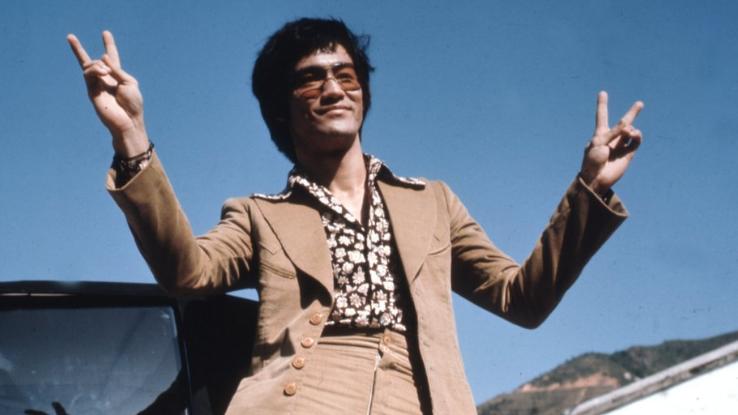
Lee finally got his gamble in Hong Kong, where he obtained his first major office in The Big Dominate (1971) and another in Fist of Fury (1972). The "No Dogs and Chinese Allowed" clip from Fist of Fury is considered Lee'due south virtually compelling scene in the moving-picture show; in information technology, his character destroys a racist sign and beats anyone who dares to demean him.
He Married His Wife Before Interracial Marriage Was Fully Legal in the U.South.
Linda Lee Cadwell was one of Lee's students before becoming his wife. At the beginning of their thing, Cadwell kept their dear a hugger-mugger from her family because they were against interracial relationships. However, they constitute out later Cadwell and Lee practical for a spousal relationship certificate.
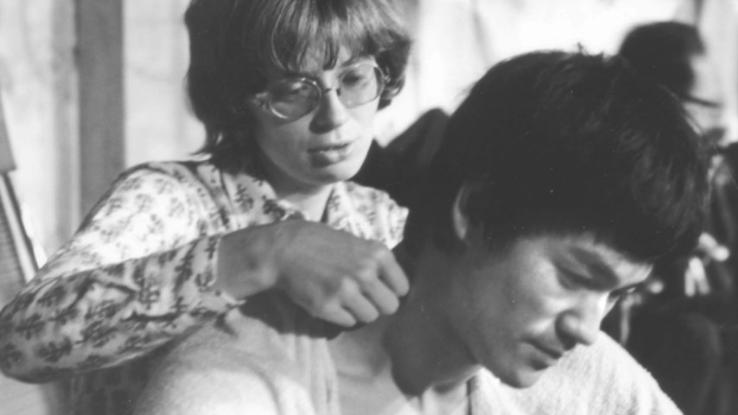
The press published the couple's news, emphasizing that information technology was still against the law in multiple states. Cadwell'south parents tried to convince the two to interruption up, but Cadwell and Lee refused to do it. Cadwell's parents grew fond of Lee as they got to know him. The couple'due south family likewise grew when Cadwell gave birth to their children, Brandon and Shannon.
Lee Became His Own Boss to Reach Superstardom
In America, Lee was tired of proving his worth as an actor. Racism consistently prevented him from achieving higher levels of fame. He moved to Hong Kong to write his own films and open a production company, but most importantly to ship a message: Asian Americans tin can play lead roles in major films and modify the entertainment industry.
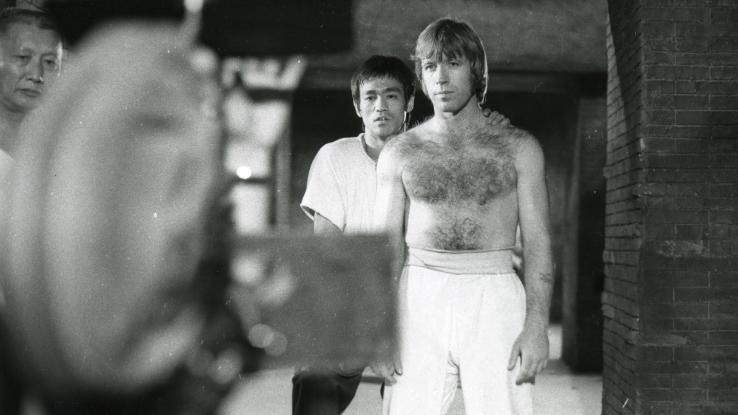
Lee did exactly what he said he would do. He wrote, co-produced, directed and starred in Hong Kong's The Manner of the Dragon (1972), which coincidentally propelled Chuck Norris' interim career. The martial arts motion picture was besides produced by Lee'due south very own company, Concord Production Inc. This was the starting time time the world saw that Lee was a man of many talents — and it wasn't going to be the last time, either.
He Gave Hollywood a Second Chance and Wowed Everyone
Lee'due south repeated success in Hong Kong grabbed the attention of a powerful studio beyond the world, Hollywood's Warner Brothers. Agree Production Inc. teamed up with Warner Brothers to produce Enter the Dragon (1973), which featured an Asian-American atomic number 82: Lee. Yet, working with Warner Brothers wasn't easy. According to Lee'due south daughter, Shannon, her father had to push for many of the film's fundamental scenes.
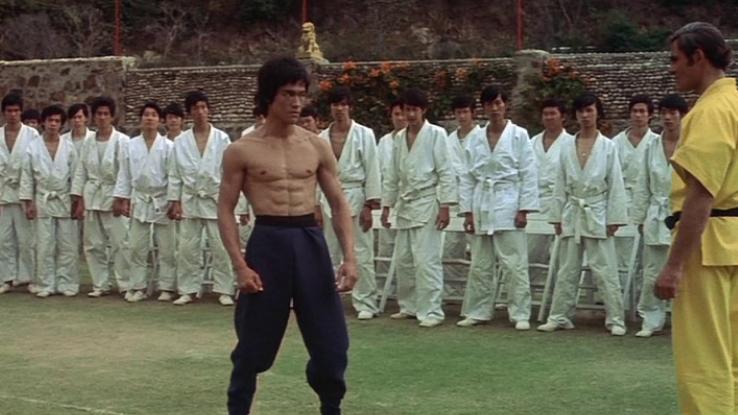
In the end, Lee's battle was worth information technology. Enter the Dragon earned a whopping $one billion (adjusted for inflation) worldwide, sparking a surge of mainstream involvement in martial arts. In 2004, the Library of Congress preserved the film in the United states National Pic Registry, calling information technology "culturally, historically or aesthetically significant."
Lee showed that Asian Americans can be strong, sexy and heroic. Not only did he destroy ancient stereotypes, but Lee too influenced a martial arts movement. He inverse the way people relate to action films past using martial arts, showing them that a hero doesn't need guns or gadgets to fight offense and injustice; all they need is themselves.
0 Response to "Moores Martial Arts for Street Fightqlewis Martial Arts for Street Fight"
Post a Comment